Farming changed dramatically between the early settlement of St. Charles and the turn of the century. During the middle 19th century, over 90% of the country’s men were farmers. With the invention of the McCormick Reaper in 1878, there existed a need for larger, stronger horses to pull the heavier plow. With this in mind, St. Charles gentleman Mark Dunham set out for Europe to find a breed of stronger horses to bring back to the US.
Mark Dunham brought back his Percheron horses fromFrance to Wayne, IL and successfully bred them at Oaklawn, the largest draft horse farm in the country. By 1883, the construction of Dunham castle was completed and the family had created a legacy.The height of its success came in the next forty years, when many wealthy and famous people graced the steps of Dunham castle, which became the equivalent to a high-class European estate.
Despite the success of the famous Oaklawn Farm, farming practices plummeted between the 1890s and the early 20th century. This was due to the changes in technology making it possible for a single farm to produce more crop than ever before. As farming became less available as a career, industry grew into a major workforce for the cities and towns.
By 1896, there were over eight mills, foundries, and factories located in downtown St. Charles. Many of these industries provided the bulk of jobs for the people living in town. Creameries which produced butter and cheese were very important, providing local farmers a close place to sell their products. Foundries in St. Charles made grinding stones, pumps, windmills, and irons, and melted over 1000 tons of iron a year. Grist, flour, and saw mills provided much needed modified resources for the growth spurt during this time.






